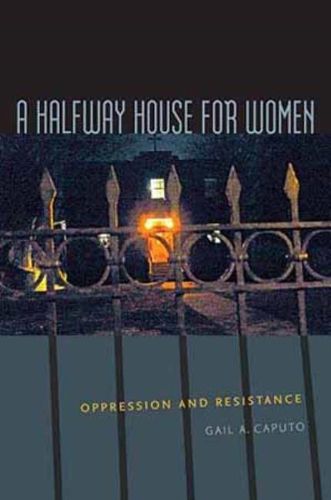Readings Newsletter
Become a Readings Member to make your shopping experience even easier.
Sign in or sign up for free!
You’re not far away from qualifying for FREE standard shipping within Australia
You’ve qualified for FREE standard shipping within Australia
The cart is loading…






Although halfway houses have been touted for years as affirmative rehabilitation locations that ready women for life in the outside world, in this remarkable case study Gail Caputo shows how these places reinforce patterns of control and abuse that reaffirm the dependency and victimization of the inmates. Based on observations made while living and working alongside women at a halfway house within the prison system in a city in the Northeast, Caputo’s analysis is anchored in the words and experiences of over a dozen women. Organized according to the progression of levels residents traverse during their time in the house, and the rules and behaviors associated with each level, Caputo offers a riveting look at what passes for rehabilitation and reintegration in such places, and delineates the many ways these women retain agency by resisting regulations designed to keep them in their place.
$9.00 standard shipping within Australia
FREE standard shipping within Australia for orders over $100.00
Express & International shipping calculated at checkout
Although halfway houses have been touted for years as affirmative rehabilitation locations that ready women for life in the outside world, in this remarkable case study Gail Caputo shows how these places reinforce patterns of control and abuse that reaffirm the dependency and victimization of the inmates. Based on observations made while living and working alongside women at a halfway house within the prison system in a city in the Northeast, Caputo’s analysis is anchored in the words and experiences of over a dozen women. Organized according to the progression of levels residents traverse during their time in the house, and the rules and behaviors associated with each level, Caputo offers a riveting look at what passes for rehabilitation and reintegration in such places, and delineates the many ways these women retain agency by resisting regulations designed to keep them in their place.